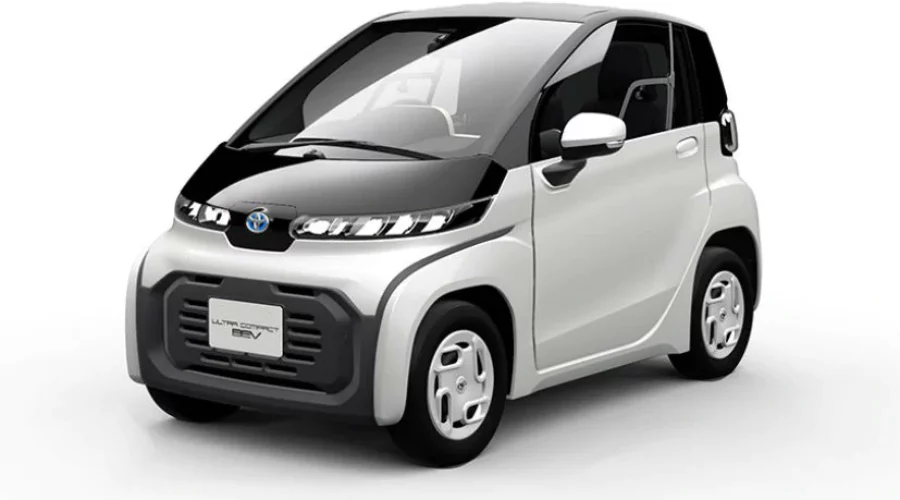Glance To Subsidy On Electric Car Offered By The Government
Electric vehicles, or EVs, are hailed as the future of transportation. However, one of the most significant barriers to eco-friendly vehicles is cost, particularly in a price-sensitive market like India. In this situation, government-provided subsidy on electric car become critical to smoothing the path for EVs in India. We’ve compiled a list of EV subsidies by the state in this article. If you want to buy an electric car or bike, you can use this list as a guide.
FAME II is the second phase of the electric vehicle subsidy programme. It went live on April 1st, 2019. Beginning in April 2019, the government launched a three-year incentive programme with a budget of Rs 10,000 crores. 7,000 e-buses, 5 lakh electric 3-wheelers, 55,000 electric cars, and 10 lakh electric 2-wheelers are expected to be supported by FAME II. The subsidy is available for electric cars and SUVs (Sports Utility Vehicles). The ex-factory price is, however, limited to Rs. 15 lakhs. EV four-wheelers costing more than Rs. 15 lakhs are therefore ineligible for the subsidy.
State-wise subsidy on Electric Cars and SUVs
Aside from the national FAME II programme, each state has its e-mobility policy and subsidy criteria for electric vehicles. As a result, state government-provided incentives may differ from state to state. The table below shows the government subsidies for electric cars and SUVs by state.
State EV policies, like those for two-wheelers, subsidies electric cars and SUVs. The total number of vehicles covered by these policies, on the other hand, is significantly lower. Electric vehicles have significantly larger batteries and are eligible for substantial government subsidies. The total number of electric cars that can be subsidised in most states is capped at 10,000. The ex-factory cost limit for eligible vehicles is Rs 15 lakh, which means that only the Tata Tigor EV Ziptron and Tata Nexon EV are eligible for incentives in all states at the moment. These subsidies are not available for larger, more expensive EVs, such as the MG ZS EV and Hyundai Kona Electric.
Maharashtra is currently the leader in the four-wheeler market. The base incentive is the same as for electric two-wheelers, at Rs 5,000 per kWh, but the maximum subsidy is Rs 1.50 lakh. The total subsidy amount rises to Rs 2.50 lakh once the early bird incentive (of up to Rs 1 lakh) is factored in.
Gujarat, Assam, and West Bengal each offer a Rs 10,000 per kWh incentive, but the total subsidy is capped at Rs 1.50 lakh. The first 1,000 electric vehicle buyers in Delhi were given the same amount as a subsidy (which has since been exhausted), and Bihar’s yet-to-be-notified EV policy mentions similar benefits. Odisha offers up to Rs 1 lakh in incentives for eligible vehicles, while Meghalaya offers a total subsidy of Rs 60,000 with a Rs 4,000 per kWh incentive.
Direct subsidies for electric cars and SUVs are not provided in the policies of Rajasthan, Andhra Pradesh, Karnataka, Madhya Pradesh, Telangana, Tamil Nadu, Uttarakhand, Punjab, and Uttar Pradesh.
Road tax for electric four-wheelers is once again completely waived in most states that have implemented the policy, except for Gujarat and Kerala, where buyers must pay half of the total road tax, and Uttar Pradesh, where buyers must pay seventy per cent of the total road tax.
In the meantime, all types of electric vehicles have had their registration fees waived across the country. The Ministry of Road Transport and Highways (MoRTH) announced in August that all battery-powered vehicles are exempt from “fees to issue or renew a registration certificate.”



Pingback: Explained | Why are electric vehicles catching fire? | EGaadi.com